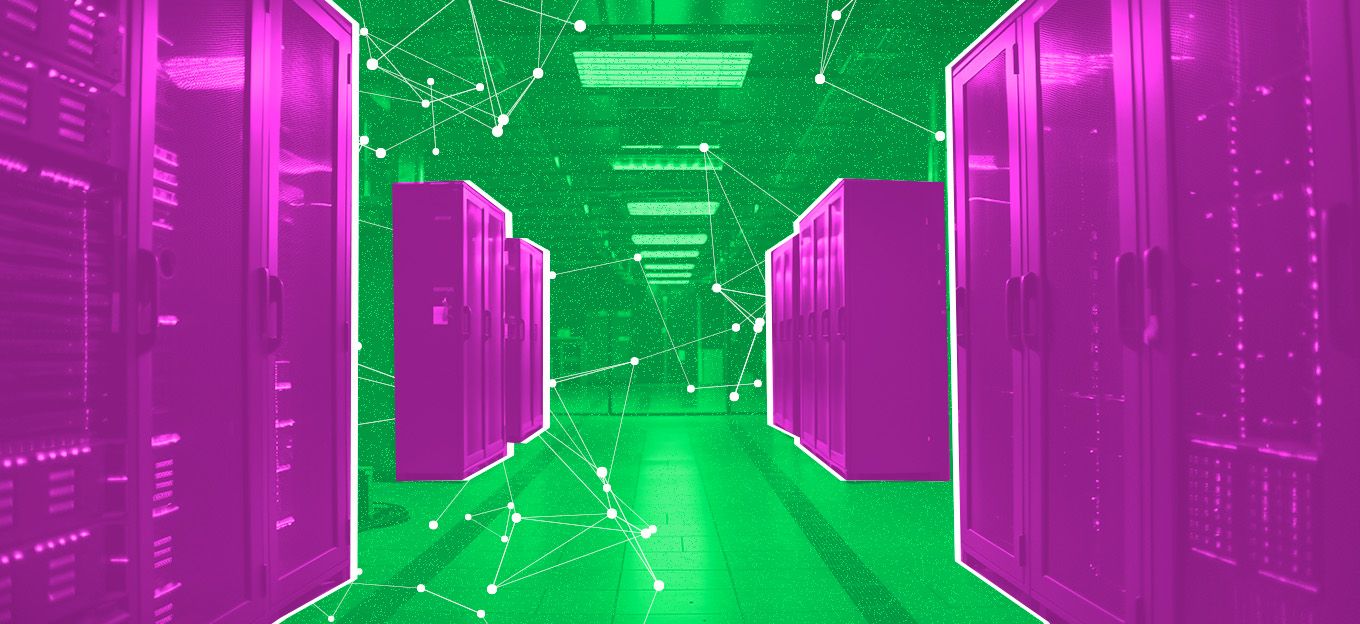Legacy IoT Users Can Move To Specialized IoT Solutions
Legacy IoT Users Can Move To Specialized IoT Solutions
- Last Updated: December 2, 2024
Software AG
- Last Updated: December 2, 2024



In the past few months, multiple cloud industry players made the difficult decision to sunset their IoT platforms. Given the maturation of tech and digital infrastructures, this decision is not exactly surprising. According to Google, it has become clear that customers’ needs could be better served by a network of partners that specialize in IoT applications and the services they increasingly rely upon. Shortly after Google’s announcement, IBM also shared that users of its Watson IoT platform should plan to move to alternative services before it discontinues the platform in December 2023.
For users of the IoT services that will cease to exist next year, the clock is ticking. Over the next 12 months, they face a crucial decision and significant opportunity of moving to IoT solutions that are built to meet their needs for years to come.
To really understand the challenges that companies are looking to solve with smart and connected devices, it’s critical to first understand the market forces at play.
Supplementing Talent with Technology
Businesses today are facing a massive skills gap, compounded by a low unemployment rate and record levels of employee turnover. In fact, nearly three-quarters of global workers do not feel equipped to learn the digital skills that businesses currently need.
"Businesses today are facing a massive skills gap, compounded by a low unemployment rate and record levels of employee turnover."
-Software AG
In addition, rising levels of technical debt, or the additional work or re-coding that must be done to digital systems after they have gone live, continue to impact businesses. Software AG’s 2022 Situation Report found 78% of companies took on more technical debt in 2021 compared to the year prior.
These two factors contribute to the current industry shift from building everything in-house to looking for partners to bolster capacity or provide relief. The more ready-made capabilities a company can acquire, the faster it can go to market to solve critical pain points and the more it’s able to focus existing tech skills on customizing off-the-shelf purchases. Let’s take supply chain for example, if companies can buy open IoT platforms and APIs already prepared for deployment to the cloud, they only have to add coding specific to the countries, partners, or industries in which they work.
In addition, low-code/no-code tools will help companies to implement IoT solutions into their organizations by allowing line-of-business teams to operate without the need for IT involvement. They give non-technical users the ability to be more hands-on, while scarce specialists can focus on standardizing across all new applications and doing the complex work that differentiates their company. These tools help businesses overcome the current technical skills gap and deliver real-time insights directly to decision-makers.
Cutting Reliances and Opening Up Standards
As businesses work to gain greater control over their data and processes, many find themselves increasingly impacted by geo-political shifts and the decisions of big tech companies. Implementing a platform that’s both device and cloud-agnostic allows organizations to move swiftly in creating new solutions. Open standards and portfolio diversification also help to protect the future of the organization. With Google and IBM’s decisions to shutter their IoT platforms, we’re seeing how disruptive changes to the technology landscape can be to business continuity.
Disruptive as it may be, the shift presents a prime opportunity for users to move to specialized IoT platforms that focus not only on openness but also scalability. As organizations look to grow the volumes of data and devices active in their business, the platform that connects them will be more crucial than ever.
Real-World Examples
One field currently experiencing the benefits that specialized IoT platforms have to offer is logistics and supply chain. To combat bottlenecks and supply chain delays, IoT users are leveraging and tracking real-time data, which proves especially valuable to move cold storage or high-value goods through the supply chain. Making this data accessible then allows tools like process mining to analyze both process data and dependencies and find patterns, anomalies, and opportunities for improvement.
The decision by key industry players to leave the IoT space is an indicator of the market’s evolution, separating the delivery of the cloud infrastructure that’s essential for digital transformation from the domain-specific IoT expertise that enables users to reap its full benefit. This evolution reflects a new level of sophistication among companies managing networks of connected devices to gather insights that will, ultimately, supercharge their business.
Businesses can take advantage of this shift by moving to a specialized IoT solution that offers the turn-key capabilities today’s users require. As these platforms continue to mature, those that choose to be proactive will set themselves up for success and strengthen their digital backbone for decades to come.
The Most Comprehensive IoT Newsletter for Enterprises
Showcasing the highest-quality content, resources, news, and insights from the world of the Internet of Things. Subscribe to remain informed and up-to-date.
New Podcast Episode

Moving Past the Pilot Phase in IoT and AI
Related Articles





